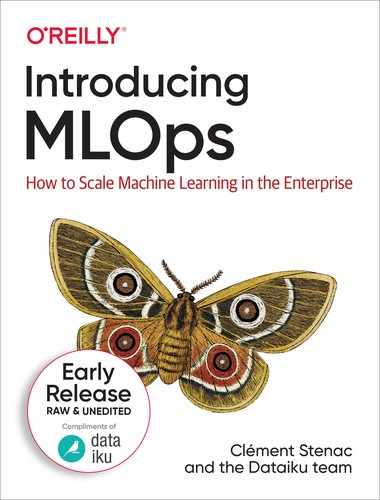0%
9Chapters
0-1Hours read
0kTotal Words
Book Description
More than half of the analytics and machine learning (ML) models created by organizations today never make it into production. Instead, many of these ML models do nothing more than provide static insights in a slideshow. If they aren’t truly operational, these models can’t possibly do what you’ve trained them to do.
This book introduces practical concepts to help data scientists and application engineers operationalize ML models to drive real business change. Through lessons based on numerous projects around the world, six experts in data analytics provide an applied four-step approach—Build, Manage, Deploy and Integrate, and Monitor—for creating ML-infused applications within your organization.
You’ll learn how to:
- Fulfill data science value by reducing friction throughout ML pipelines and workflows
- Constantly refine ML models through retraining, periodic tuning, and even complete remodeling to ensure long-term accuracy
- Design the ML Ops lifecycle to ensure that people-facing models are unbiased, fair, and explainable
- Operationalize ML models not only for pipeline deployment but also for external business systems that are more complex and less standardized
- Put the four-step Build, Manage, Deploy and Integrate, and Monitor approach into action
Table of Contents
- Dataiku
- 1. Why Now and Challenges
- 2. People of Model Ops
- 3. Key MLOps Features
- 4. Monitoring and Feedback Loop
